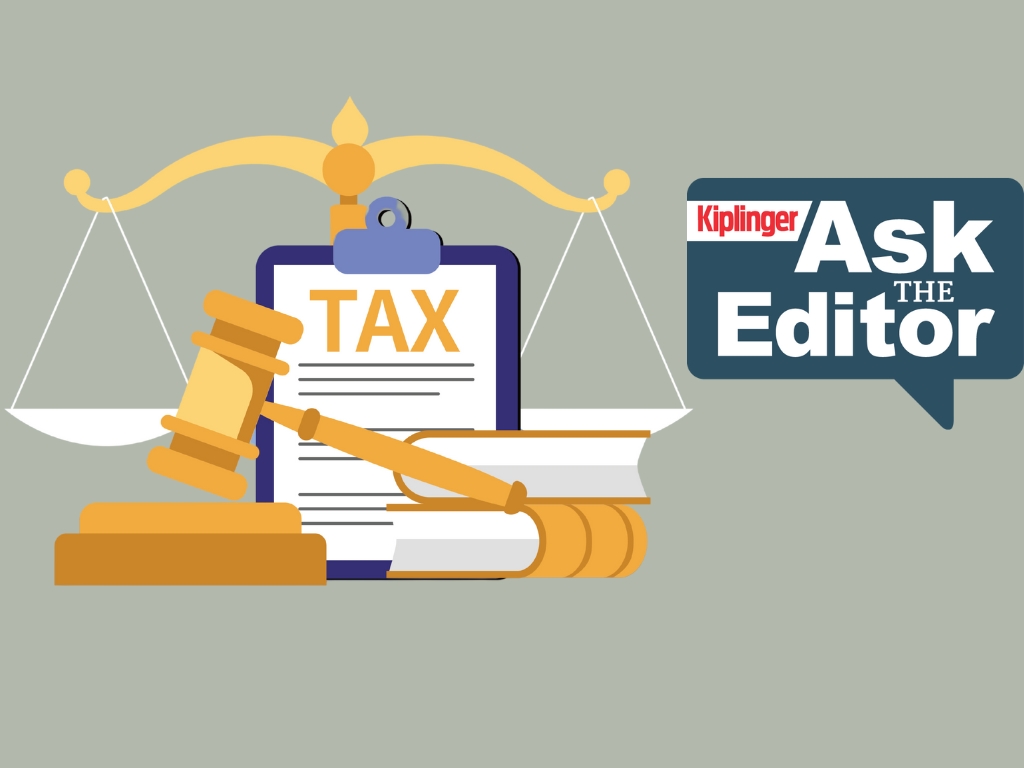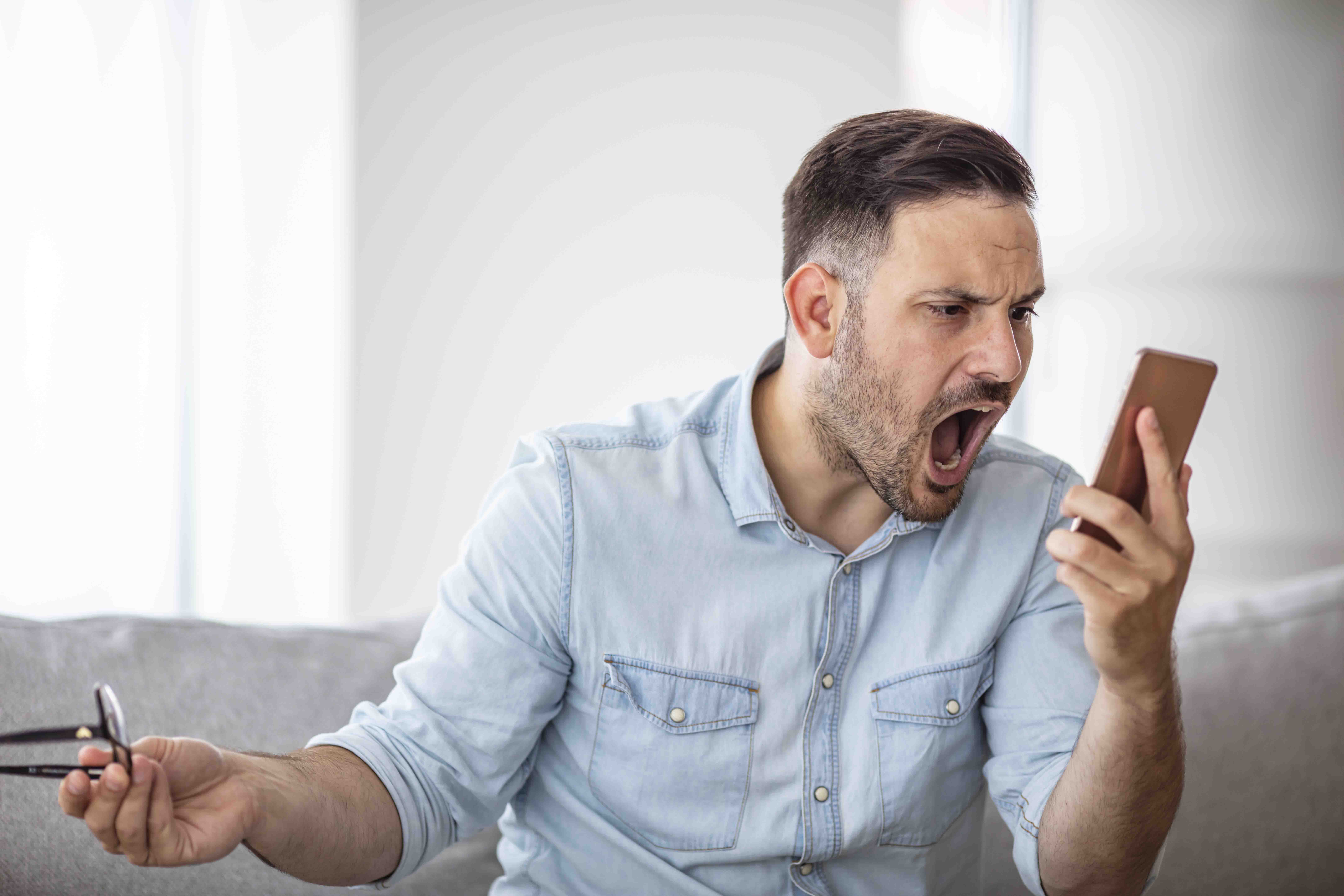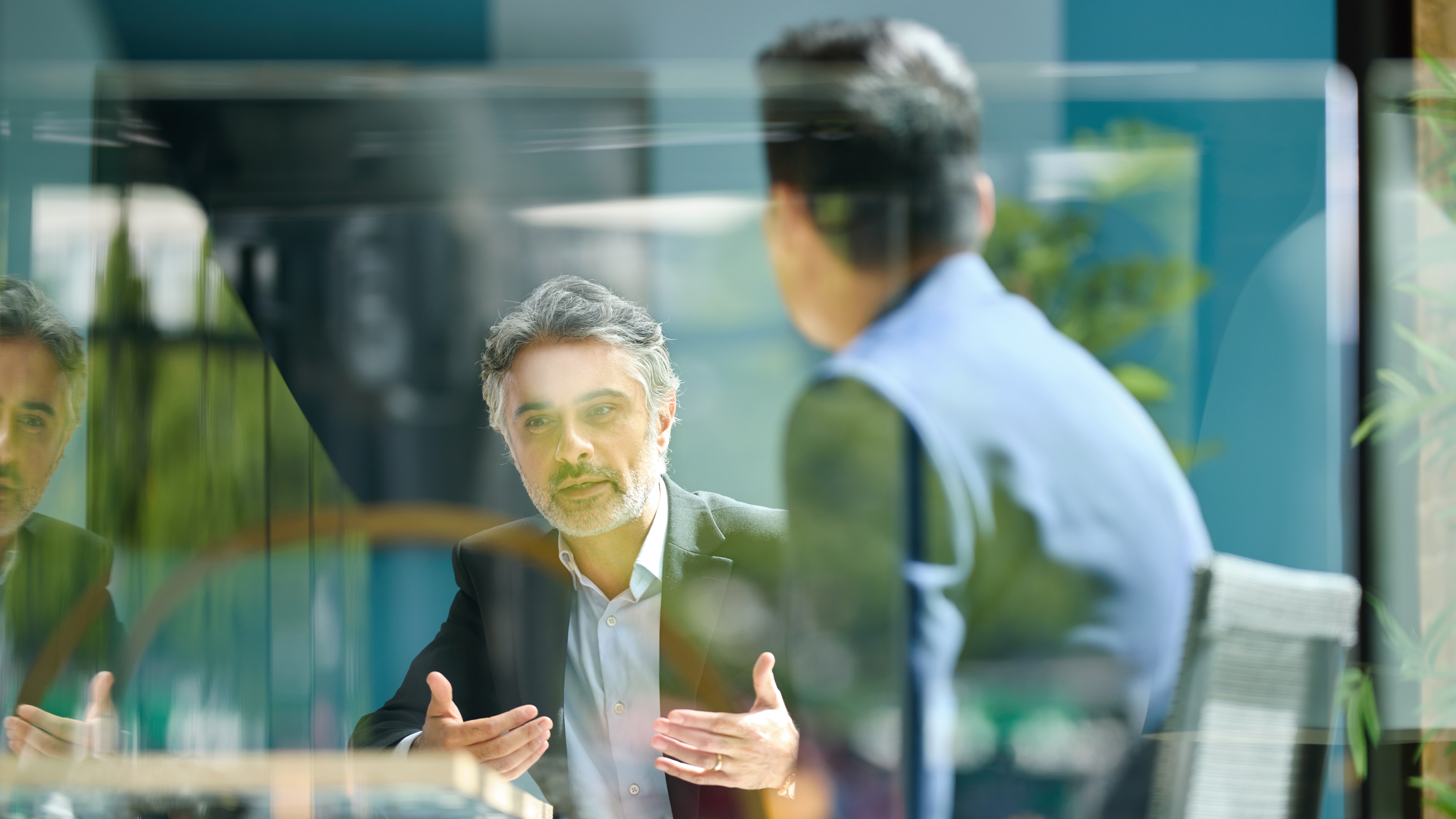The Average IRA Balance by Age
Knowing how the average IRA balance of peers compares to your own could be the nudge you need to save more for retirement — or pat yourself on the back.


Do you suffer from IRA balance envy? Or is your IRA nest egg something to brag about? The answer likely depends on how your Individual Retirement Account (IRA) stacks up versus other savers in your age group. And while there’s no perfect apples-to-apples comparison, as everyone’s financial situation is different, eyeballing average IRA account balances can give you an idea if you’re ahead in the savings game, keeping up, or falling behind.
With traditional pensions on the verge of extinction, the responsibility of saving for retirement increasingly falls on workers. And when you go beyond employer-sponsored retirement plans like a 401(k), an IRA is a key — often complementary — retirement savings tool that can help workers amass more money in their golden years. Assets in IRAs totaled $16.8 trillion at the end of March 2025, accounting for nearly 40% of the total retirement assets of $43.4 trillion, according to the Investment Company Institute.
The average IRA balance for all ages at the end of the first quarter of 2025 was $121,983, down 1% from a year ago, according to Fidelity Investments’ analysis of 17.3 million IRA accounts. That modest loss over the past 12 months was due in part to a 4.6% slide suffered by the S&P 500 stock index in the first quarter amid rising investor concerns about the economic ramifications of the Trump administration’s tariff policy.

Sign up for Kiplinger’s Free E-Newsletters
Profit and prosper with the best of expert advice on investing, taxes, retirement, personal finance and more - straight to your e-mail.
Profit and prosper with the best of expert advice - straight to your e-mail.
If your account balance is lower than the average, don’t despair. And if you’re ahead of the pack, don’t get complacent. Instead, use the average balance information as a starting point to figure out if you’re on track to meet your personal savings goals. And if not, what tweaks are needed to course-correct?
Even though IRA balances for Millennials, GenXers, and Boomers fell in the January through March period (only GenZ account balances rose), according to Fidelity, and market volatility is back, there’s no need to panic or bail out of stocks, notes Emelia Fredlick, a senior editor at fund-tracker Morningstar. After analyzing stock market crashes over the past 150 years, Fredlick concluded: “Though they varied in length and severity, the market always recovered and went on to new highs. If you don’t panic and sell your stock holdings when the market crashes, you will be rewarded in the long run.” That stay-the-course advice proved prescient again this year as the S&P 500 has climbed back to new highs, after suffering a 19% dive in early April amid tariff worries.
“It’s an opportunity to rethink and reassess your retirement plan,” said Rita Assaf, VP of retirement offerings at Fidelity Investments. “IRAs can function as a ‘booster’ for your retirement savings.”
Average IRA Balance by Age
Let’s drill down to average IRA balances by age and generation in the first quarter of 2025 to get a more precise picture as to how much other workers in your age band have set aside. These totals, Assaf notes, include contributions, appreciation, and rollovers.
Here are the average IRA balances by age for the first quarter of 2025 and the last quarter of 2024, according to Fidelity Investments.
Generation | Age Range | Average IRA Balance 2025 Q1 | Average IRA Balance 2024 Q4 |
|---|---|---|---|
Gen Z | Born 1997-2012 / Age 12-27 | $6,783 | $6,672 |
Millennials | Born 1981-1996 / Age 28-43 | $24,241 | $25,109 |
Gen X | Born 1965-1980 / Age 44-59 | $100,431 | $103,952 |
Boomers | Born 1946-1964 / Age 60-78 | $250,209 | $257,002 |
What jumps out is how IRA account balances for older folks, or those who’ve been saving for decades, balloon with the help of compounding, regular contributions, and the tendency of the stock market to rise in value over time. The takeaway (especially for younger savers)? It’s not impossible to accumulate a sizable nest egg.
What looks like a puny account balance today can add up to hundreds of thousands of dollars. Compounding, or earning returns on both your original investment and prior gains, is a powerful force in building retirement savings. In fact, IRA balances at the end of March were 30% higher than they were 10 years ago, Fidelity data show. “It’s never really too late to save,” said Assaf. “There are always things you can do to help your situation.” And when it comes to saving for your golden years, Fidelity recommends saving 15% of your income (including any company match).
If savers have a workplace retirement savings plan, they should consider investing in an IRA only after saving enough in their 401(k) to get the full company matching contribution. “If you need another place to save money, an IRA is a great tool to use to continue to get tax-deferred growth,” said Rob Leiphart, VP of financial planning at RB Capital Management. Both traditional and Roth IRAs allow your contributions and gains to grow tax-free. However, traditional IRAs are funded with pre-tax dollars, which give you an upfront tax deduction, but require you to pay taxes on withdrawals at your regular income rate. In contrast, Roth IRAs are funded with post-tax dollars but come with tax-free withdrawals in retirement.
The appeal of tax-free withdrawals of Roth IRAs is catching on with savers. Roth IRAs are the retirement savings “vehicle of choice” across all generations, with 62% of all IRA contributions going to the Roth option in this year’s first quarter, according to Fidelity.
What you should have saved, by age
Let’s see how IRA balances by age, or savings during each decade of life, stacked up at the end of the first quarter of 2025. To help savers get a better guesstimate of whether their savings are on track for a secure retirement, we’ve also included Fidelity’s guidelines as to how much of one’s salary should be saved by the start of each decade in a saver’s life. For example, Fidelity recommends that someone turning 40 should aim to have at least three times their salary saved by then. So, if you earn $75,000 at age 40, you should have at least $225,000 set aside by then, according to Fidelity guidelines.
Age | Avg. IRA balance Q1 2025 | You Should Have Saved at Least |
|---|---|---|
20s | $7,875 | Row 0 - Cell 2 |
30s | $20,165 | Salary X 1 |
40s | $53,770 | Salary x 3 |
50s | $118,558 | Salary X 6 |
60s | $226,651 | Salary x 8 (and 10 x by age 67) |
70+ | $289,305 | Row 5 - Cell 2 |
Again, notice the power of compounding when building wealth. In each 10-year period starting with savers in their 20s, IRA account holders essentially doubled their money each decade until retirement. The key takeaway: the modest average IRA balance of $53,770 in the 40s’ age bracket mushrooms into a quarter-million-dollar nest egg two decades later.
The secret of “super savers,” personal finance experts say, is regularly contributing to a retirement account like an IRA and maxing out contributions up to IRS limits if possible. They also recommend investing for growth via stocks during peak earning years and implementing a buy-and-hold strategy to get the full benefits of compounding.
Despite a weak market in the first quarter and a slight drop in balances, IRA investors shrugged off the volatility and saved more. IRA contributions increased 4.5% from a year ago ($3,231 vs. $3,093), according to Fidelity. Baby Boomers boosted their savings the most, with average contributions rising 21% from last year‘s first quarter ($5,272 vs. $4,348).
For a more comprehensive look at how your savings compare to peers, see our articles on The Average Net Worth by Age and The Average 401(k) Balance by Age and The Average Retirement Savings by Age. And to get a handle on projected medical expenses, see Average Cost of Health Care by Age.
Pros and cons of IRAs
The biggest perk of IRAs is the tax benefits they offer. IRAs, which are held in brokerage accounts, also offer a wider range of investment choices than a 401(k), which has a limited menu of options. “So, if you want to buy individual stocks, or if you want to do something that you can’t do within the confines of a 401(k) because it’s not one of those 20 or 25 investment options, then the IRA serves as a great diversification tool,” said Leiphart.
Roth IRAs also give you more flexibility in getting at your money without paying an IRS penalty. “You can take out your contributions at any time” since you’ve already paid taxes on the money used to fund your Roth IRA, adds Assaf. IRAs are also a great landing spot for assets from old 401(k)s. Rolling over old retirement accounts and balances into a single IRA is a good way to consolidate your accounts and avoid the mistake of taking a distribution from an old retirement account before age 59 ½ and paying a 10% IRS penalty.
On the negative side, the amount you can contribute to an IRA each year is much lower than the amount you can sock away in a 401(k). In 2025, for example, the IRS limit on IRA contributions is $7,000 (or $8,000 for those 50 or older). In contrast, participants in workplace 401(k) plans can contribute up to $23,500 and $31,000 for 50-and-older savers in 2025. Savers in 401(k) plans aged 60, 61, 62 and 63 will be able to make a super catch-up contribution of $11,250 in 2025.
How do IRA balances compare to U.K. pension savings?
According to Kiplinger's British sister site, Moneyweek, average U.K. pension wealth falls below that of similar age cohorts in the U.S. For example, a US saver in their 60s has an average of $226,651 in their IRAs, but U.K. savers in their 60s have average balances of under $200,000 in their pension savings.
Before you feel smug about being American, remember that the U.S. has a higher cost of living than the UK. One of the most significant differences is the cost of healthcare, which is almost twice as expensive per capita in the U.S. as in the U.K. Despite the US's high spending on healthcare, the U.K.'s more affordable healthcare system has better health outcomes.
That said, many Americans pair their IRAs with 401(k) accounts, resulting in significantly higher overall retirement savings.
Age group | Average UK pension wealth (in pounds) | Average UK pension wealth (in dollars) |
|---|---|---|
16-24 | £5,500 | $7,308 |
25-34 | £18,800 | $24,980 |
35-44 | £39,500 | $52,485 |
45-54 | £80,000 | $107,300 |
55-64 | £137,800 | $183,101 |
65-74 | £145,900 | $193,864 |
75+ | £59,700 | $79,326 |
Source: Pension wealth: wealth in Great Britain, 2020-2022, ONS, published January 2025. Only includes people with pension wealth; those who have zero pension savings are excluded from the figures. As reported in MoneyWeek.
An IRA can help your retirement savings catch up
Just because you’re saving in a 401(k), doesn’t mean you can’t save even more in an IRA, says Assaf.
One way to boost your retirement savings via an IRA is to automate the process by setting up automatic contributions that coincide with each pay period, just like your 401(k) at work, says Leiphart. “I have clients that get paid on the 15th and at the end of the month, so I set up ongoing contributions into their IRA from their checking accounts that align with those dates,” said Leiphart. And if you’re tight on cash now, you can plan on saving a little more in future years, say 1% more each year, when you get your annual raise, adds Leiphart.
Get the full story: what you're worth
Want to see how more of your retirement portfolio compares to peers? Read:
Average Retirement Savings by Age,
The Average 401(k) Balance by Age,
Average 401(k) Match: Do You Work for a Generous Company? and
The Average Social Security Check by Age.
Read More
Profit and prosper with the best of Kiplinger's advice on investing, taxes, retirement, personal finance and much more. Delivered daily. Enter your email in the box and click Sign Me Up.

Adam Shell is a veteran financial journalist who covers retirement, personal finance, financial markets, and Wall Street. He has written for USA Today, Investor's Business Daily and other publications.
-
 Ask the Editor — Tax Questions on What Congress Will Do Next
Ask the Editor — Tax Questions on What Congress Will Do NextAsk the Editor In this week's Ask the Editor Q&A, we answer questions from readers on what Congress will do next with taxes.
-
 When Tech is Too Much
When Tech is Too MuchOur Kiplinger Retirement Report editor, David Crook, sounds off on the everyday annoyances of technology.
-
 When You Need Capital Quickly, Think 'Ready, Set, Fund': A Financial Adviser's Strategy
When You Need Capital Quickly, Think 'Ready, Set, Fund': A Financial Adviser's StrategyInvestors must be able to free up cash to meet short-term needs from time to time. This strategy will help you access capital without derailing your long-term goals.
-
 I'm an Estate Planner: Moving Family Assets to a Safe Haven Abroad Could Be a Huge Headache for Your Heirs
I'm an Estate Planner: Moving Family Assets to a Safe Haven Abroad Could Be a Huge Headache for Your HeirsIn troubled times like these, wealthy clients may seek financial refuge outside of the U.S. But that could cause more tax and estate problems than it solves.
-
 Board Service in Retirement: The Best Time to Join a Board Is Before You Retire
Board Service in Retirement: The Best Time to Join a Board Is Before You RetireMany senior executives wait until retirement to take a seat on a corporate board. But making this career move early is a win-win for you and your current organization.
-
 A Financial Professional's Take on Long-Term Care Insurance: Buy or Not?
A Financial Professional's Take on Long-Term Care Insurance: Buy or Not?Unless you have about $6,000 burning a hole in your pocket every month, you should make a plan in case you need long-term care. Luckily, you have options.
-
 The Hidden Risk Lurking in Most Retirement Plans: Human Behavior
The Hidden Risk Lurking in Most Retirement Plans: Human BehaviorWhat's one of the differences between a good financial adviser and a great one? The ability to use behavioral coaching to guide clients away from emotional decision-making and toward retirement success.
-
 Addressing Your Clients' Emotional Side: Communication Techniques for Financial Advisers
Addressing Your Clients' Emotional Side: Communication Techniques for Financial AdvisersRather than focusing only on financial plans, you can better serve your clients — and grow your business — by learning what to say and do when a client gets anxious or emotional.
-
 Seven Hidden Downsides of Dividend Investing, From a Financial Adviser
Seven Hidden Downsides of Dividend Investing, From a Financial AdviserDividend investing could be draining your wealth with unexpected costs and limited growth potential. Here are some downsides, along with smarter strategies to take control of your retirement income.
-
 How to Position Your Business for a Lucrative Exit Despite Private Equity's Slowdown
How to Position Your Business for a Lucrative Exit Despite Private Equity's SlowdownAs private equity firms seek strongly performing companies, crafting a narrative about your business' high-quality assets and future opportunities can make a lucrative sale possible.